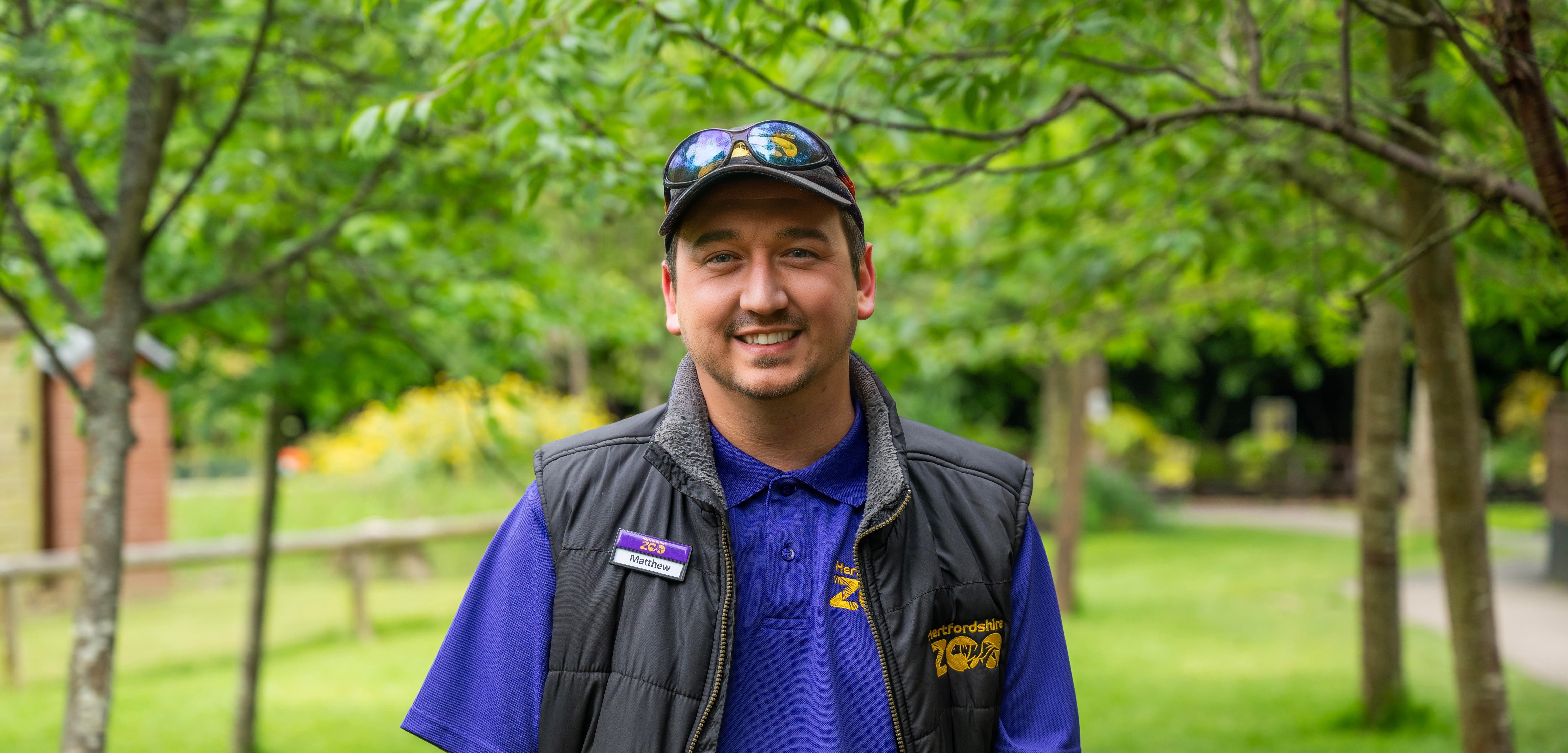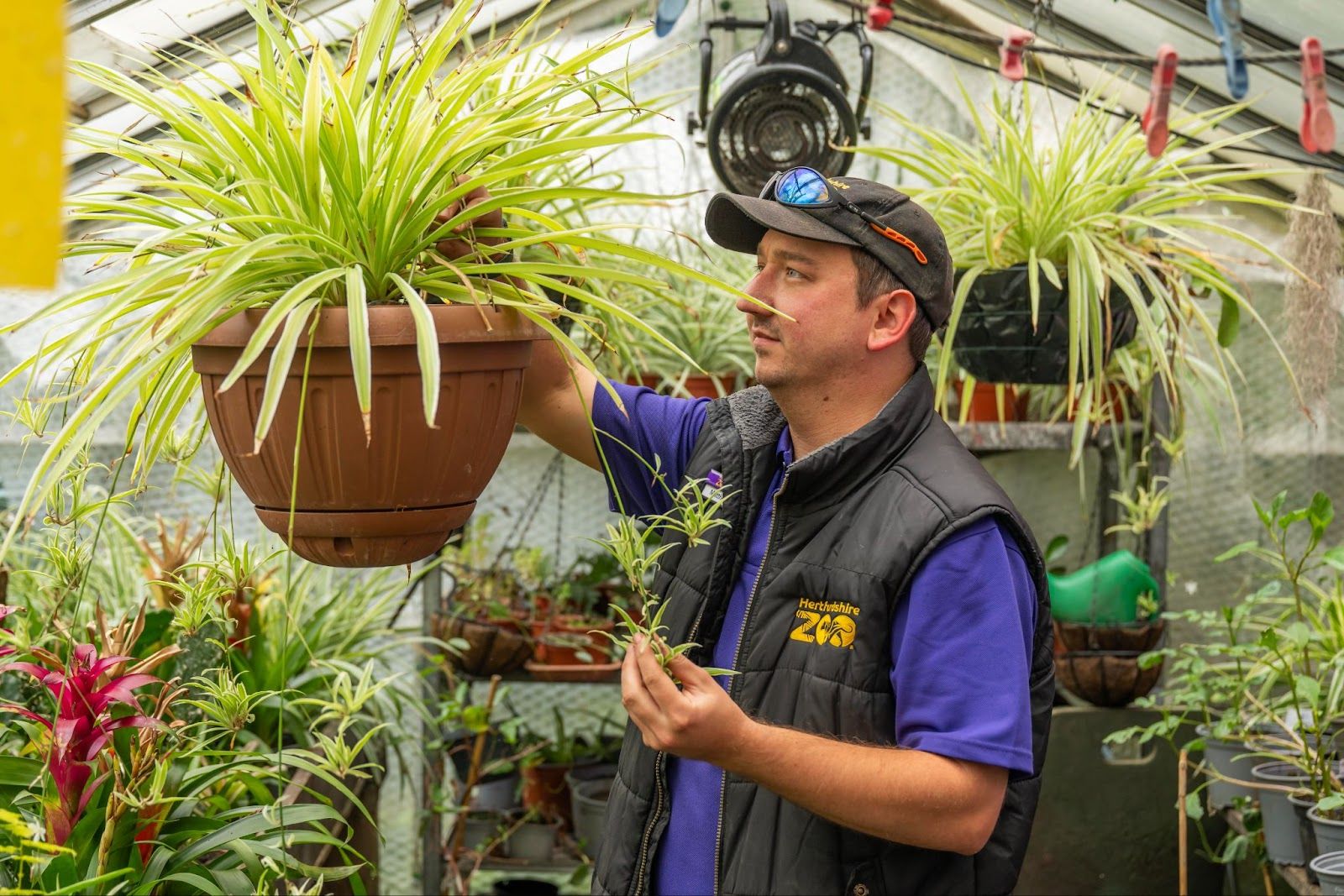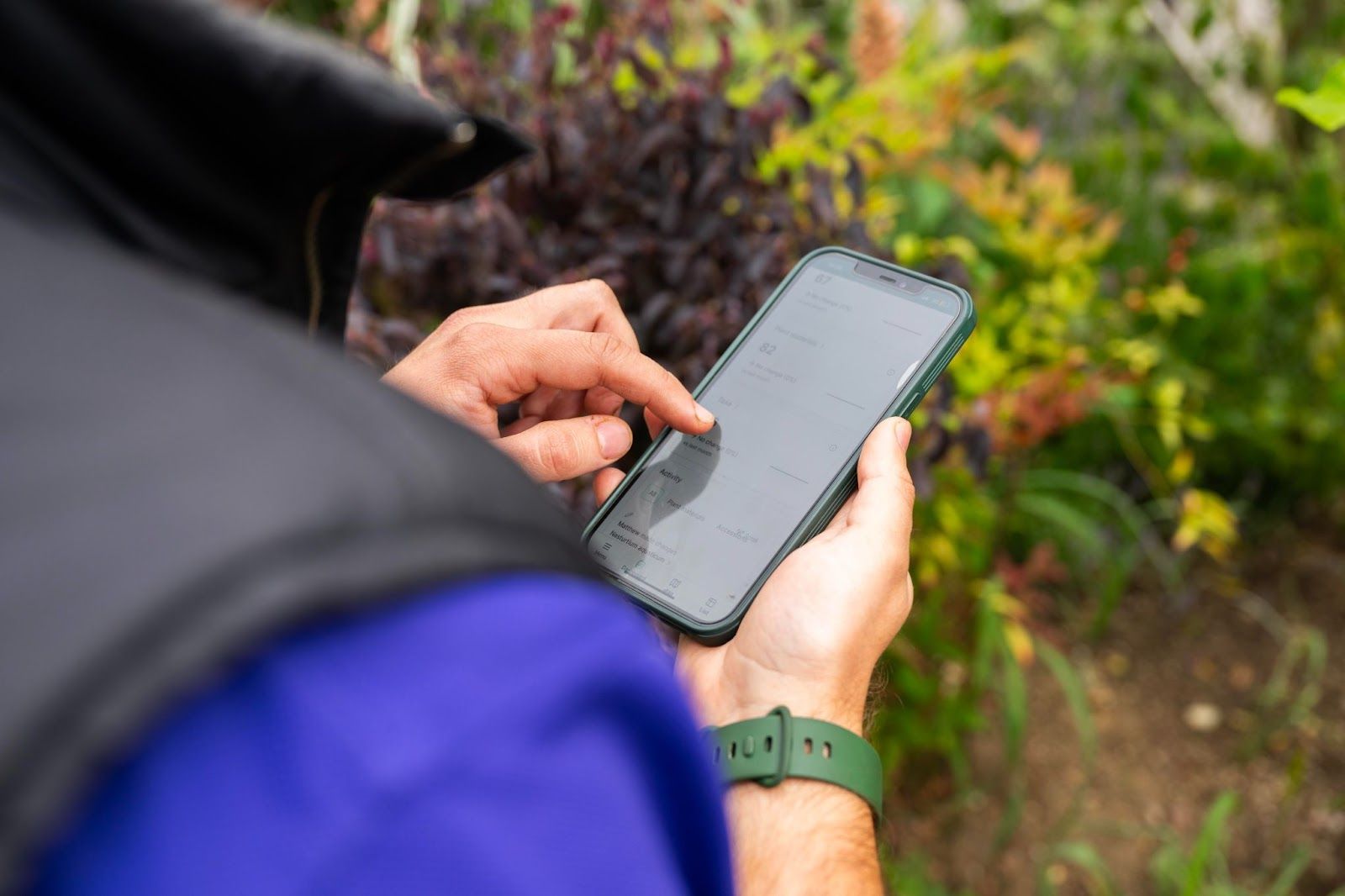Thriving through change: How Hortis has helped our plant records at Hertfordshire Zoo


Our background
Hertfordshire Zoo (formerly Paradise Wildlife Park) in Broxbourne Hertfordshire, is a family run Zoo which celebrated its 40th anniversary on the 1st of April 2024. The Zoo has seen some dramatic changes since 2017, such as new habitats for the animals such as the Amazon and Beyond to the Land of the Tigers, and new attractions like the World of Dinosaurs and Sun Bear Heights. Each of these projects have had the involvement of plants.
Plants are extremely beneficial at zoos in many ways. They contribute, naturally, to the five freedoms of animal welfare. Plants will also provide animal enrichment, natural feeding, or behaviour, as well as shade and shelter.

Challenges we had with our plant records
I joined Paradise Wildlife Park in September 2018. The plant recording was non-existent at this time, with only the use of some handful of invoices with plant names attached for some information to look back on – but not in any detail.
In mid-2019, I started recording plants I was planting out and which plant borders I was placing them in, so that I had the information for future and whether or not they were beneficial to the animals. This was working okay, but was not the neatest or most informative way of keeping plant record information up to date or securely.
With Covid in 2020, everything that I was starting with plant records was thrown out of balance. I returned to work in 2021 with many projects to undergo, including restarting the plant records that I had previously started. Having only skeleton staff in to concentrate on animal welfare, some planted areas took a hit and, with me recording paper-based records, this meant I had to start again.

Enhancing our plant monitoring with Hortis
After joining Species360 (and using ZIMS) in 2022, we stumbled upon Hortis, and my ears started to prick in being able to use a plant recording programme in the same way that the Zoo team can record and monitor the animal collection in ZIMS.
I attended the BIAZA (British & Irish Association of Zoos and Aquariums) and Joint EAZA (European Association of Zoos and Aquariums) Plant Working Group Conference at Edinburgh Zoo, where Waheed from the Hortis team gave a presentation. I was able to look further with a demo and ask about how it can help us at the Zoo.
After a trial, we went live with Hortis in February. I found it very easy to use, with everything all in one place and portable. This coincided with The Parks rebrand to Hertfordshire Zoo, taking the next step forward to the future of zoological plantings and its benefits.
We never had suitable plant records or any form of record keeping, and now we’re able to go from nothing to being able to map out all our areas. I can also add notes regarding the area or plant using a phone or tablet rather than having to be on a desktop, making this easier for a site with lots of scope and various planting areas. I also make notes on toxicity levels for animals, if it is a plant that can be fed out to certain animal species, and what animals and sections they can be used for.

How we will use Hortis going forwards
Hortis has made me more aware of the way I work – for example, when we order plants, what we do not have already, what we can look at incorporating into new areas, and being more forward-thinking regarding animal welfare and husbandry.
With using Hortis for only three months so far, we are still in early development of adding records for the site. However, we will incorporate more staff members to use the software. With more plants gradually being added, we can look into further incorporating different sections and in-house learning of how we are using Hortis in a zoological setting.

How better plant records have helped us
There are several ways in which Hortis has been beneficial to us so far:
- Plant species monitoring: Hortis allows us to record and monitor plant species on the entire site, including animal enclosures and conservation areas. This information is vital for understanding the diversity and distribution of plant species within the zoo, which in turn supports our conservation efforts.
- Habitat management: We can keep track of the plants in different habitats and their specific requirements. This knowledge enables effective habitat management, ensuring that the plants are appropriately cared for and creating suitable environments for the animals that rely on them.
- Enrichment and natural feeding: Plants play a crucial role in providing enrichment and natural feeding opportunities for animals. With Hortis, we can identify and document plants that are beneficial to the animals, allowing the zoo to create stimulating environments and ensure the nutritional needs of the animals are met.
- Collaboration and research: Hortis serves as a centralised platform for recording and sharing plant data. This facilitates collaboration among our zoo staff, researchers, and conservation partners, leading to a better understanding of the plant diversity within the zoo and its broader significance for biodiversity conservation.
- Education and awareness: Hortis can be used to create educational materials and interpretive signage about the plants at the zoo when we make our collection public. By highlighting the importance of plants in supporting animal welfare, biodiversity, and conservation, visitors can gain a deeper appreciation for the natural world and become more aware of the need to protect it.

The future of plant records at Hertfordshire Zoo
Having accurate plant records for the future will enhance the visitor experience at Hertfordshire Zoo in multiple ways: from more educational opportunities, better aesthetic appeal, and more immersive habitats. It will also help us to anticipate and highlight the seasonal changes of our plant collections, which can also provide visitors with a range of picturesque settings for photography.
Having accurate plant records will also help us to educate visitors about the importance of plant conservation and the role zoos play in protecting plant species. Visitors can learn about the zoo's efforts in plant conservation, their collaborations with conservation organizations, and the significance of preserving plant diversity. This connection to conservation encourages visitors to become more environmentally-conscious and supports the zoo's broader goals.